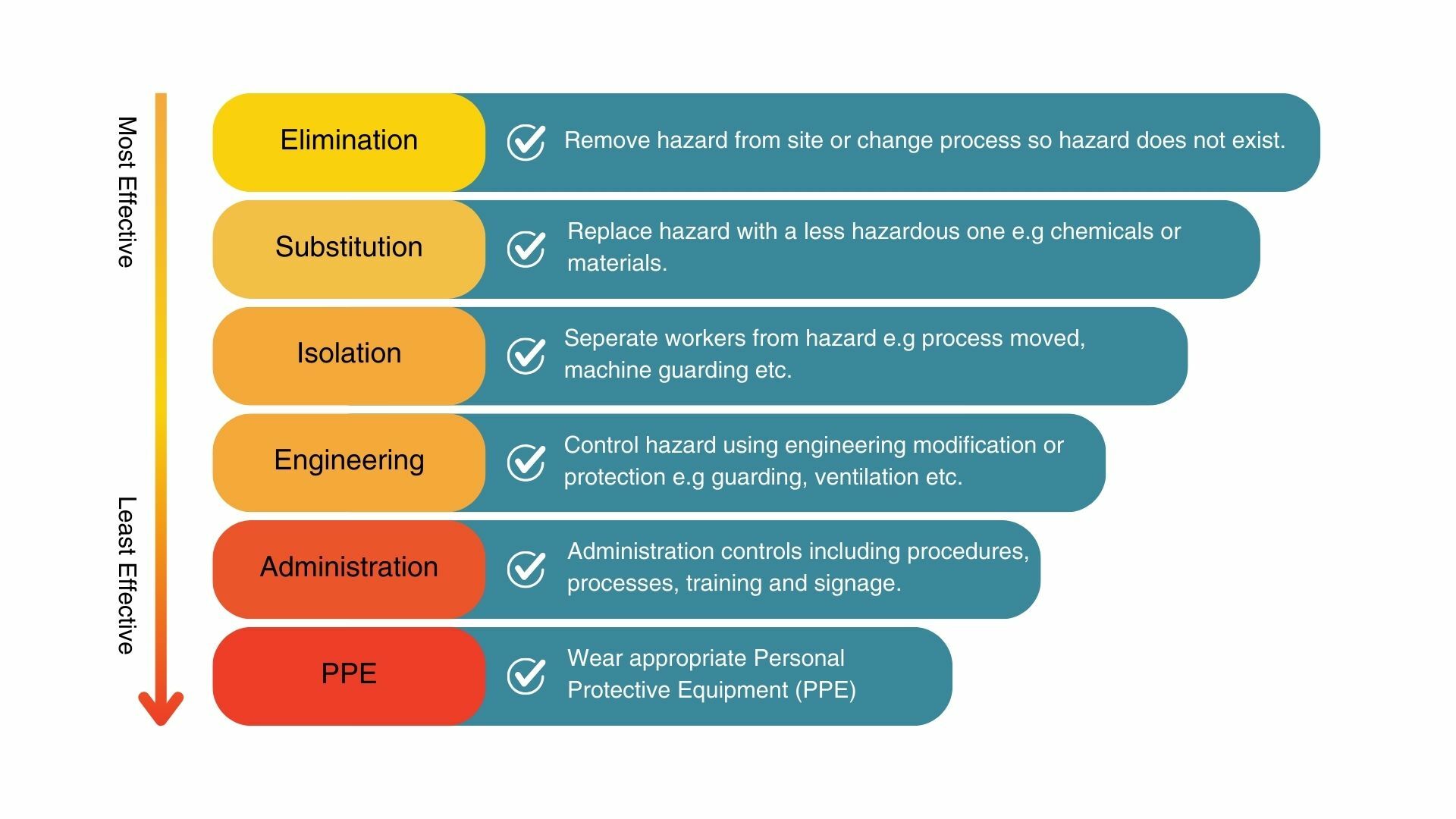SWMS - What you need to know
Safe Work Method Statements (SWMS) are a crucial tool for ensuring safety and efficiency on every project. By breaking down complex tasks into manageable steps, SWMS help you complete jobs safely and effectively. This guide covers what SWMS are, when and why they’re used, how to complete them efficiently, and how digital tools can streamline the process.
What is a SWMS?
A Safe Work Method Statement (SWMS) is a document that outlines the high-risk construction activities involved in a job, identifies the hazards, and details the control measures needed to ensure safety. SWMS are not just a compliance requirement; they are a proactive planning tool to help manage risks and ensure that every job is completed safely.
When should I use a SWMS?
Under Australian Work Health and Safety (WHS) regulations, a SWMS is required for any high-risk construction work. It must be prepared before the work begins to identify hazards and implement controls. For repetitive tasks, there’s no need to create a new SWMS each time—just ensure that the existing one is still relevant and understood by everyone involved.
Why should I use a SWMS?
Using a SWMS ensures that all potential risks are identified and controlled, helping to protect your team and enhance overall performance. By outlining the necessary tools, personnel, and processes before starting work, you minimise the risk of injury, provide clear guidance to your team, and improve productivity on-site.
How to complete a SWMS
Here’s how to effectively complete a SWMS:
1. Identify hazards: List all potential hazards associated with the task.
2. Implement risk controls: Apply the hierarchy of controls:
- Elimination: Remove the hazard entirely, which is the most effective control.
- Minimisation: If elimination isn’t feasible, minimise the risk through substitution, isolation, engineering controls, administrative measures, and Personal Protective Equipment (PPE).
3. Detail the task steps: Break down the task into each step, from start to finish.
4. Involve the team: Engage everyone who will be performing the task to ensure they understand the controls and can work safely.
5. Regularly review: Continuously review the SWMS and gather feedback from your team to ensure the controls remain effective.
Streamlining SWMS with Digital Tools
Digital tools like HazardCo provide a simple and efficient approach for managing SWMS:
- Complete SWMS anytime, anywhere: Create and update your SWMS on-site, in real-time, using your mobile device.
- Effortless communication: Share your SWMS instantly with everyone involved via email, ensuring everyone is on the same page.
- Simplified subcontractor management: Digitally collect and manage SWMS from subcontractors, reducing paperwork and ensuring compliance.
These digital tools guide you through each step, ensuring that all potential hazards and control measures are considered. You can create templates in advance, tailored to your upcoming work, and customise them for each job, helping you communicate risks quickly and efficiently. Be sure to include all necessary controls and avoid selecting measures that won’t be implemented.
Once your SWMS is complete, it’s securely saved and ready to be shared with the principal contractor and other relevant parties.
If you need assistance or more information, you can contact HazardCo at https://www.hazardco.com/au/hazardco-reece-trade/

